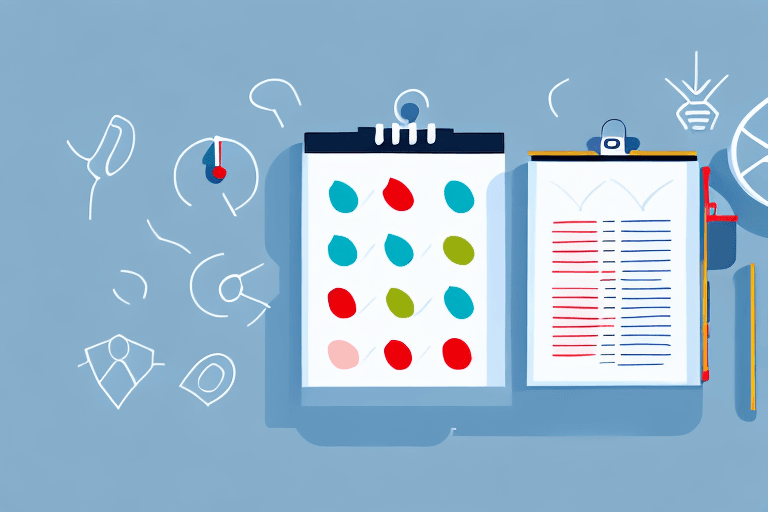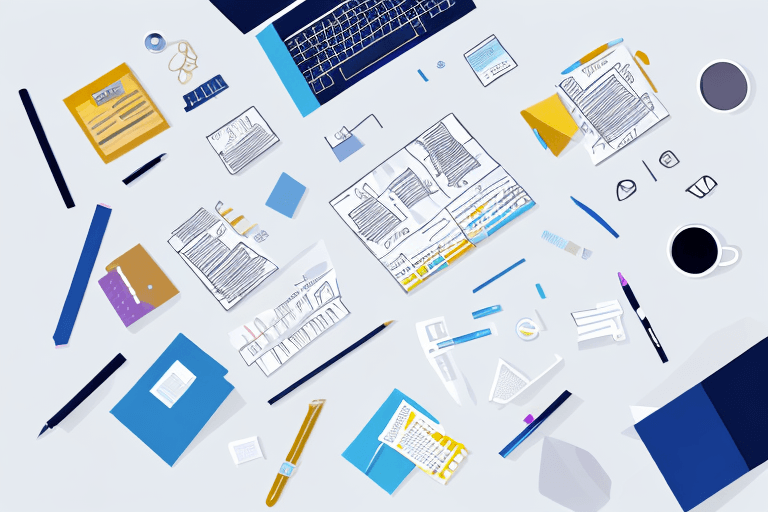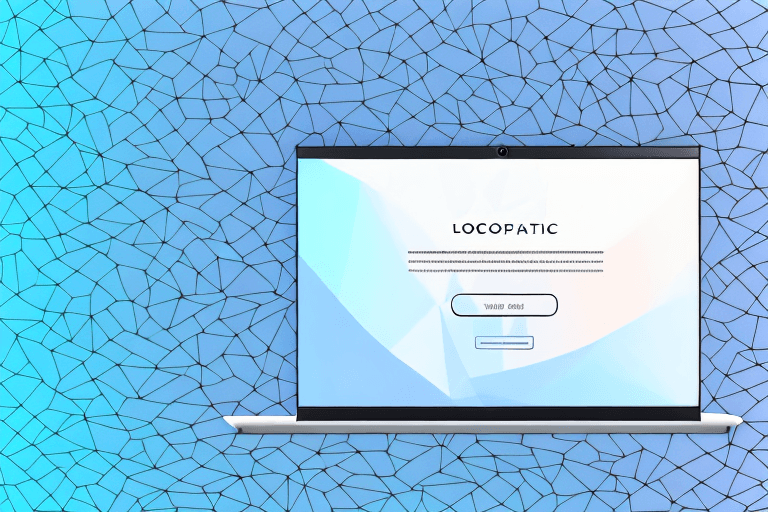Do you struggle with keeping your customers engaged and scheduling appointments? Creating reminder emails can help you boost your customer engagement and retention, reduce the number of no-shows and cancellations, and strengthen your customer relationships. However, it’s essential to follow key components of an effective reminder email and design a captivating template. In this article, we’ll guide you through everything you need to know about creating a reminder email template for maximum efficiency.
The Importance of Reminder Emails
Before diving into how to create a reminder email template, it’s essential to understand why they are so important. Reminder emails are an effective way to communicate with your customers and keep them engaged. By sending reminders, you reduce the likelihood of missed appointments and show your customers that you value their business.
Boosting Engagement and Retention
Sending a reminder email enhances engagement with your customers and ensures that they don’t forget about your service or product. Consistent communication with your customers fosters customer loyalty and encourages them to remain engaged with your business.
For example, if you run a salon, sending out a reminder email before a customer's appointment can help them remember to show up on time and be prepared for their service. This not only helps your business run more smoothly but also ensures that your customers have a positive experience and are more likely to return for future appointments.
Reducing No-Shows and Cancellations
No-shows and cancellations can be costly for businesses and lead to revenue loss. By sending reminder emails, you can minimize no-shows and cancellations and reduce the impact on your business.
For instance, if you run a medical practice, sending out a reminder email before a patient's appointment can help them remember to show up and be prepared for their visit. This can help reduce the number of missed appointments and ensure that your patients receive the care they need.
Strengthening Customer Relationships
By consistently communicating with your customers, you show that you care about their experience and value their business. Reminder emails can help strengthen relationships with your customers and increase customer retention rates.
For example, if you run an online store, sending out a reminder email about a customer's abandoned cart can help remind them of the items they left behind and encourage them to complete their purchase. This not only helps increase sales but also shows the customer that you care about their shopping experience and want to help them find what they need.
In conclusion, reminder emails are an essential tool for businesses looking to improve customer engagement, reduce no-shows and cancellations, and strengthen customer relationships. By incorporating reminder emails into your communication strategy, you can show your customers that you value their business and are committed to providing them with the best possible experience.
Key Components of an Effective Reminder Email
An effective reminder email should include several key components that make it engaging and informative. These components include a clear and concise subject line, personalization and customization, relevant and timely information, and a call-to-action.
Clear and Concise Subject Line
The subject line of your reminder email should be concise and clearly communicate the purpose of the email. Avoid using generic subject lines that don’t convey a sense of urgency or importance. For example, if you are sending a reminder email for a doctor’s appointment, your subject line could be “Don’t forget your upcoming appointment with Dr. Smith” instead of “Appointment Reminder”.
Personalization and Customization
Personalization and customization make reminder emails more engaging and relevant to your customers. Use their name in the email and customize the content to their preferences or needs. You can also include information about their past appointments or purchases to make the email more personalized. For example, “We noticed that you prefer morning appointments, so we have scheduled your upcoming appointment at 9am.”
Relevant and Timely Information
Include relevant and timely information in your reminder emails. This could be the date, time, location, or any other necessary details related to the appointment. You can also include information about what the customer needs to bring or prepare for the appointment. For example, “Please remember to bring your insurance card and a list of any medications you are currently taking.”
Call-to-Action and Next Steps
Include a clear call-to-action in your email that communicates the next steps the customer needs to take. This could be confirming their appointment or rescheduling it. You can also include links or buttons that make it easy for the customer to take action. For example, “Click here to confirm your appointment” or “Call us at XXX-XXX-XXXX to reschedule your appointment.”
It’s important to send reminder emails in a timely manner. Sending them too early may cause the customer to forget, while sending them too late may not give them enough time to prepare. A good rule of thumb is to send the reminder email 24-48 hours before the appointment or deadline.
Another important component of an effective reminder email is to make it visually appealing. Use a professional and easy-to-read font, include images or graphics if appropriate, and use formatting such as bullet points or numbered lists to make the information easy to digest.
By including these key components in your reminder emails, you can increase the likelihood that your customers will take action and follow through with their appointments or deadlines.
Designing Your Reminder Email Template
Designing an effective reminder email template requires careful consideration of the layout, brand elements, and mobile optimization.
When designing your reminder email template, it's important to keep in mind the purpose of the email. Are you reminding customers about an upcoming sale, a subscription renewal, or an appointment? Understanding the purpose of the email will help you determine the most effective layout and format.
Choosing the Right Layout and Format
Choose a layout and format that is visually appealing and easy to read. A clean, simple design with plenty of white space can help draw attention to your message and make it more memorable. Use headings and bullet points to break up the content and make it easily digestible. This will help your customers quickly understand the purpose of the email and take action.
It's also important to consider the length of the email. While you want to include all the necessary information, you don't want to overwhelm your customers with a long, dense email. Keep your message concise and to the point.
Incorporating Branding Elements
Incorporate branding elements such as logos, colors, and fonts to create a consistent brand image. This helps your customers recognize your business and builds brand loyalty. Use colors that match your brand's color palette and fonts that are easy to read. Avoid using too many different fonts or colors, as this can make your email look cluttered and unprofessional.
Another way to incorporate branding elements is to use images or graphics that are consistent with your brand's style. This can help reinforce your brand's message and make your email more visually appealing.
Optimizing for Mobile Devices
Make sure your email template is optimized for mobile devices. With more people accessing their email on their smartphones, it's important that your email is easily readable on a small screen. This means using a responsive design that adjusts to fit different screen sizes and ensuring that your content is easily readable on a small screen.
When optimizing your email for mobile devices, it's also important to consider load times. Large images or graphics can slow down load times, which can be frustrating for customers. Optimize your images and graphics to ensure they load quickly, without sacrificing quality.
By keeping these design elements in mind, you can create an effective reminder email template that engages your customers and encourages them to take action.
Best Practices for Reminder Email Timing
Timing is an essential aspect of creating effective reminder emails. Follow these best practices to determine the ideal frequency, schedule based on customer preferences, and adapt to different time zones.
Determining the Ideal Frequency
Determine the ideal frequency for sending reminder emails. Depending on the nature of your business and appointments, this could be a few days before the appointment, a week before, or even a month before.
It is important to strike a balance between sending too many reminder emails and not sending enough. Sending too many emails can be annoying to customers and may lead to them unsubscribing from your mailing list. On the other hand, not sending enough reminder emails can result in missed appointments and lost business.
One way to determine the ideal frequency is to conduct A/B testing. Send reminder emails at different intervals to different groups of customers and track the response rates. This will help you determine the most effective frequency for your business.
Scheduling Based on Customer Preferences
Consider your customers’ preferences when scheduling reminder emails. Some customers may prefer receiving an email two days before their appointment, while others may appreciate a reminder one week in advance.
You can collect this information by asking customers for their preferred method of communication and how far in advance they would like to receive reminders. This information can be collected through a survey or by asking customers when they book their appointment.
By scheduling reminder emails based on customer preferences, you can increase the likelihood that they will read and respond to the email. This can lead to fewer missed appointments and a better customer experience.
Adapting to Different Time Zones
Adapt to different time zones when sending reminder emails. If you have customers in different parts of the world, make sure you schedule the email to be sent at a time that is convenient for them.
One way to do this is to segment your mailing list by time zone. This will allow you to send reminder emails at a time that is appropriate for each group of customers. You can also use email marketing software that automatically adjusts the sending time based on the recipient’s time zone.
By adapting to different time zones, you can ensure that your reminder emails are received at a time when customers are most likely to read and respond to them. This can lead to increased engagement and a better customer experience.
Conclusion
Creating a reminder email template can help you boost your customer engagement and retention, reduce no-shows and cancellations, and strengthen your customer relationships. By incorporating key components, designing a captivating template, and following best practices for timing, you can create an effective reminder email that keeps your customers engaged and informed.




